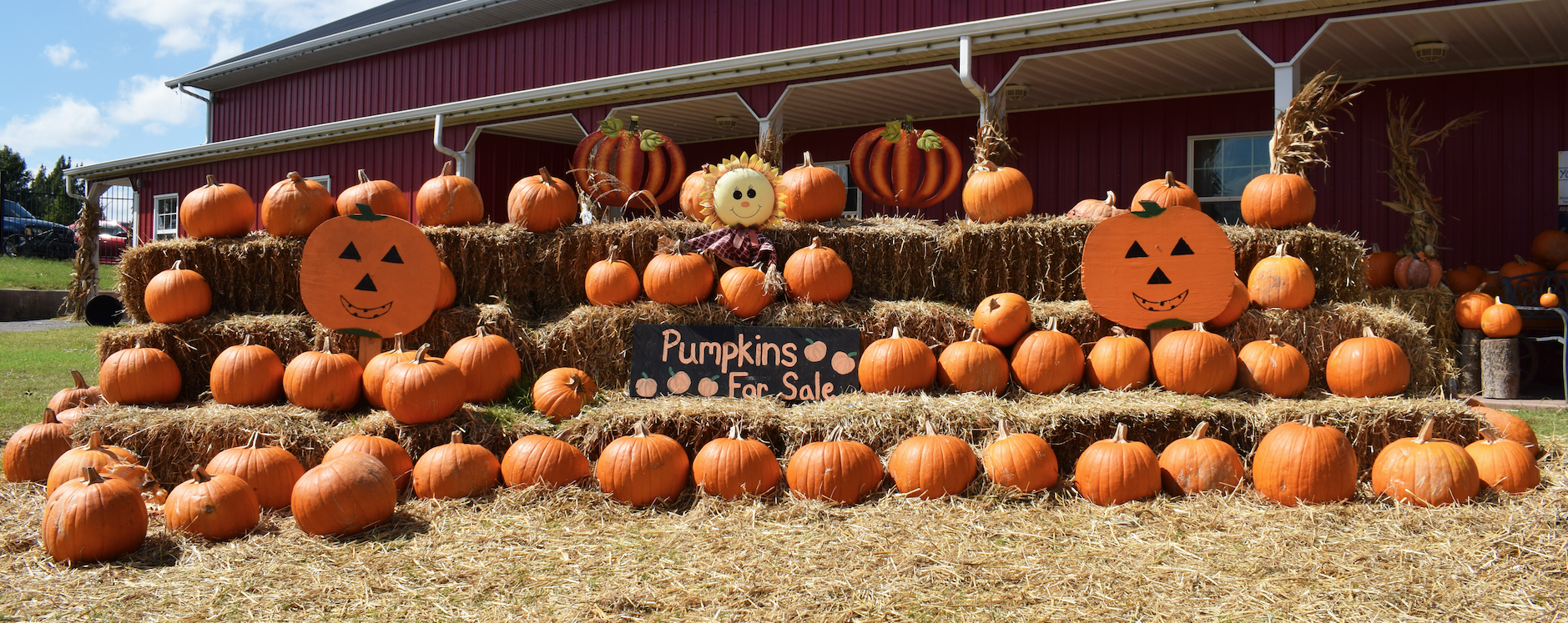The Story of Halloween: And You Thought it was All About the Candy

 When I was ten, my parents began to steer away from celebrating Halloween. The spirit of the holiday, they said, glorified evil and death. In its place, my family celebrated a “harvest festival.”
When I was ten, my parents began to steer away from celebrating Halloween. The spirit of the holiday, they said, glorified evil and death. In its place, my family celebrated a “harvest festival.”
No longer would I trick-or-treat or carve jack-o-lanterns. No longer would I dress up as Batman. These traditions, they said, came from dark and nefarious practices.
But were they right?
The holiday of Halloween traces its roots back centuries, and draws from multiple cultures and religions. The name comes from “All Hallows’ Eve,” which was the night before All Hallows’ Day, also known as All Saints’ Day..
All Hallows’ Day commemorates the Saints of the Catholic Church, and has been celebrated since the 7th century. The following day is known as All Souls’ Day, and is intended as a day for prayer and remembrance of all deceased Christians.
The original purpose of All Hallows’ Eve was to be a somber vigil before the main event. It was to be a day of fasting and prayer, leading up to All Hallows’ Day’s feasts (and more prayer). Around the 15th and 16th centuries, these days began to involve a practice called “souling.”
Groups of poor children would go from house to house, asking for “soul cakes” in exchange for prayers for that house’s dead loved-ones. These children would often carry with them lanterns made from hollowed-out turnips, either to guide lost souls to their former homes or to keep away vengeful spirits.
It was common belief at that time that lost spirits, or those trapped in Purgatory (think of it as a waiting room for the soul) would wander the earth until All Hallows’ Day, when they would finally pass to the next world. But this had grave implications for the spirits’ last night on earth, All Hallows’ Eve—particularly if a departed spirit had an axe to grind.
If Ellyn was burned at the stake for being a witch based on Ulric’s sworn testimony, Ulric would probably spend All Hallows’ Eve terrified of Ellyn’s spirit trying to get revenge. Unless, of course, Ulric tried to look like somebody else. Maybe by dressing up as his neighbor, or a priest, or Batman.
So clearly, three of Halloween’s most popular traditions—costumes, jack-o-lanterns, and trick-or-treating—have Christian roots. There is more to the story, though.
Allhallowtide (the collective name for the three days) was not originally observed at the end of October or the beginning of November, but rather on May 13. This was intended to coincide with the ancient Roman festival of the dead, Lemuria.
Not until two centuries later, in the year 835, did Pope Gregory IV demand that Allhallowtide be moved to coincide with Samhain, the Celtic harvest festival. Samhain has historically been celebrated from the night of October 31 to the night of November 1. From that day forward, Samhain and All Hallows’ began to bleed into each other.
Samhain was a festival for the dead, and also a harvest celebration. It was one of the two most important days for the ancient Celts. A prominent theme of Samhain was the thinning of the borders between this world and the Otherworld, the home of spirits and the nature gods.
The souls of the dead were also thought to return to this world on Samhain, seeking to return to their old homes and join in on the merriment with the living. These souls, and the other spirits of the Otherworld, needed to be appeased before they’d dole out their good fortune. To that end, many Celts would lay out offerings of food and drink outside their homes on Samhain. This practice closely tied in with the Celts’ own costume traditions: they would put on masks and dress up as nature spirits, and go around the village accepting offerings on their behalf.
The bonfire was a central fixture of Samhain, it was highly integrated into the festival’s traditions. For example, all the families in a village would douse the fires in their homes, and each would be rekindled from their communal Samhain bonfire. The village was thus bonded together.
Some observers of Samhain would blacken their faces with the bonfire’s ash, and go house to house, threatening mischief (tricks?) if they weren’t appeased with offerings (treats?) or welcomed into the home. Again, some of these revelers liked to bring along lanterns made of carven turnips.
Pumpkins were not used as jack-o-lanterns until the Halloween traditions spread to North America, where pumpkins are native. The term “jack-o-lantern” was originally used to describe the phenomenon also known as will-o-the-wisp, orbs, and ghost lights.
The phenomenon was thought to be a mischievous or evil spirit that intentionally led travelers astray. To reflect how they seemed to have a mind of their own, they were called “Will, of the Wisp (or Torch),” and “Jack, of the Lantern.”
Given the intertwined history of all of these traditions, you could argue that my parents weren’t totally wrong in their assertion that Halloween traditions had malevolent roots. My rebuttal would be that they also weren’t right.
Halloween doesn’t have to be evil or Satanic. Halloween doesn’t even have to be scary (shout-out to my fellow sniveling cowards).
Like so many things in this life, Halloween is what you make of it.
So go do your harvest festivals, take your kids to the local church’s Trunk-or-Treat, and carve whatever fruit (for the record, the pumpkin is not a veggie) you like. Dress up as an avocado or a sexy nun or Stevie Wonder Woman. And if you see me, say, “hi.”
I’ll be the Supreme Court Justice with a 40oz duct-taped to both hands.
Whatever you end up doing, have a safe Samhain and a happy Halloween.